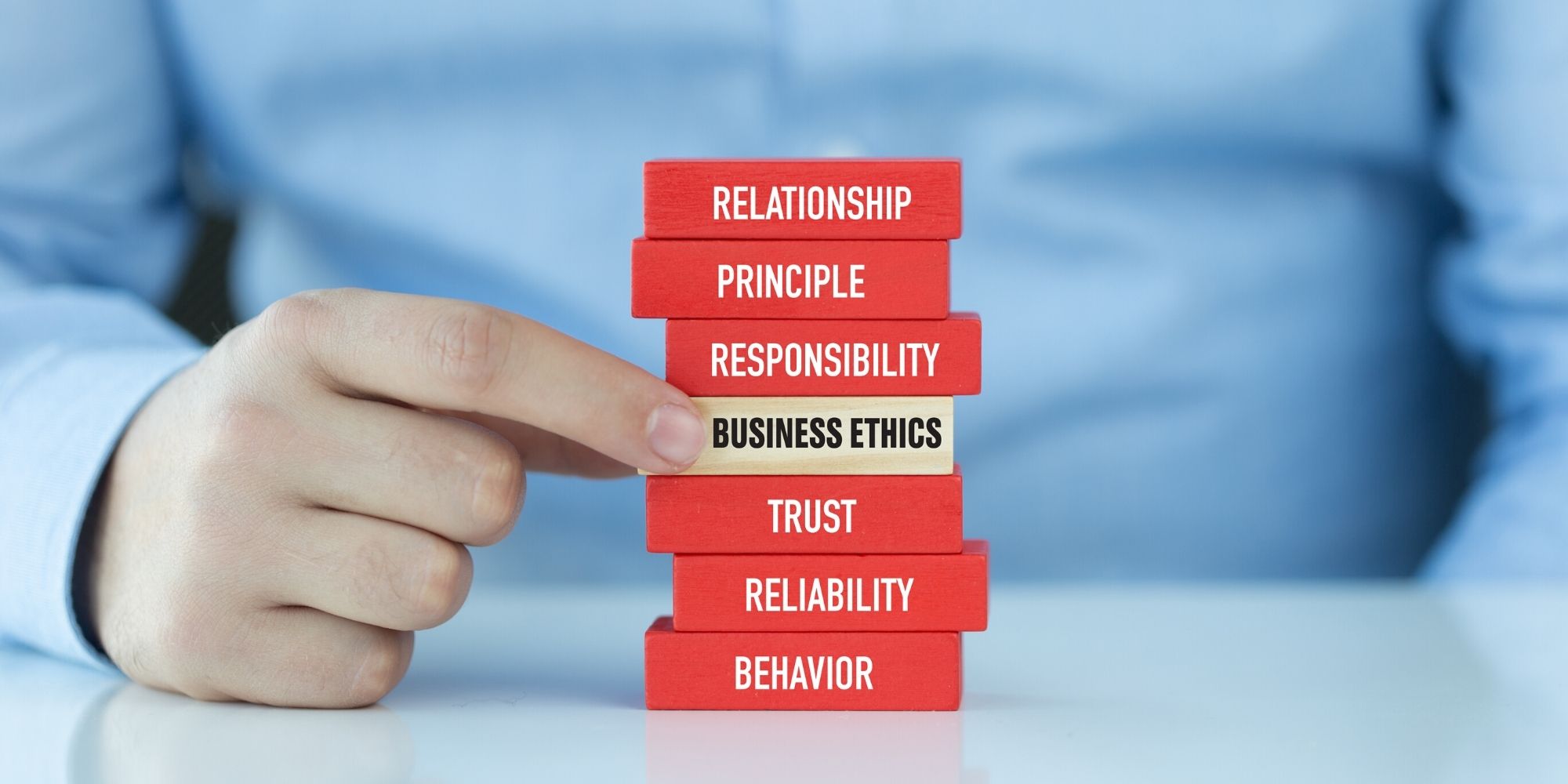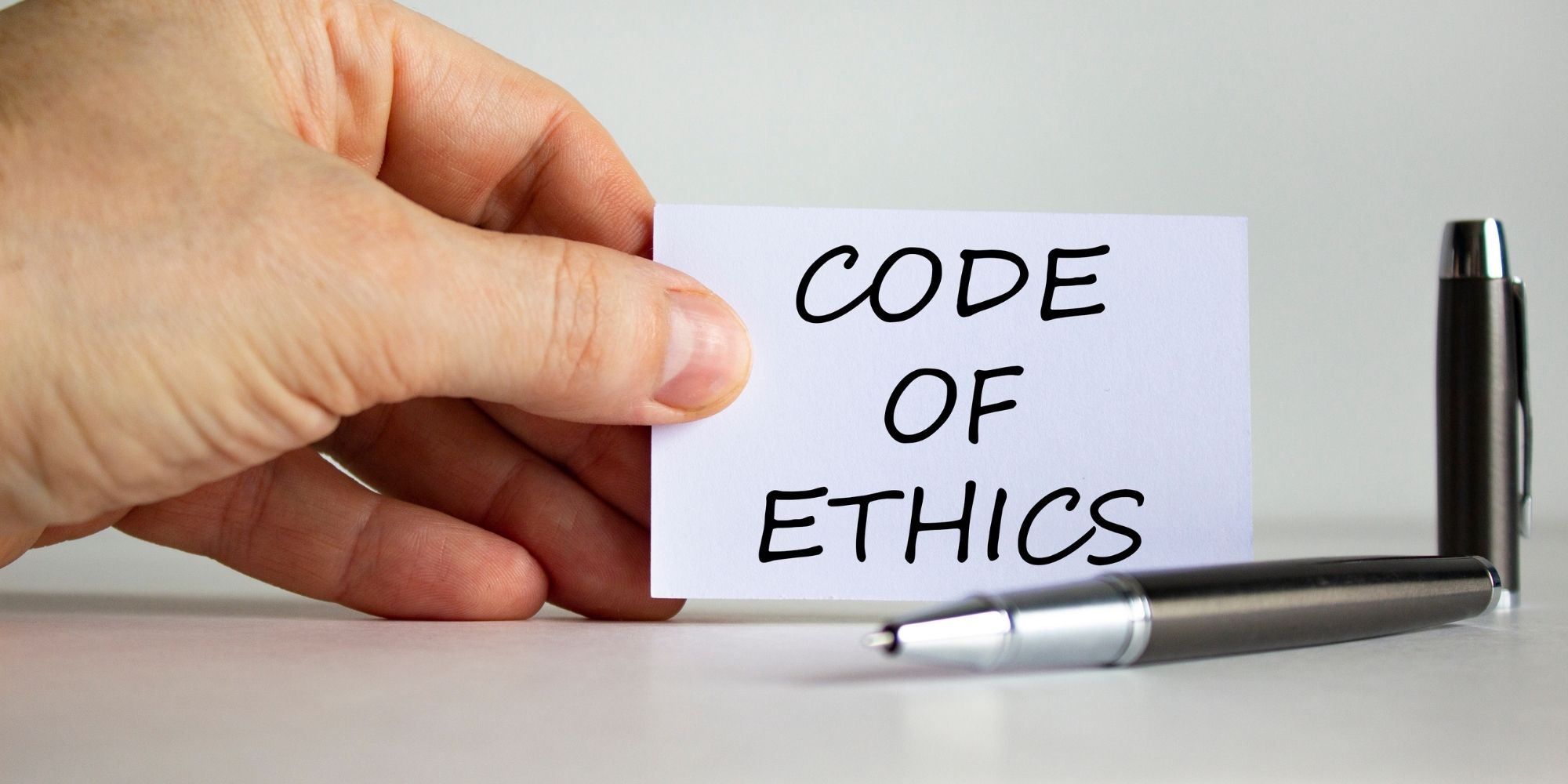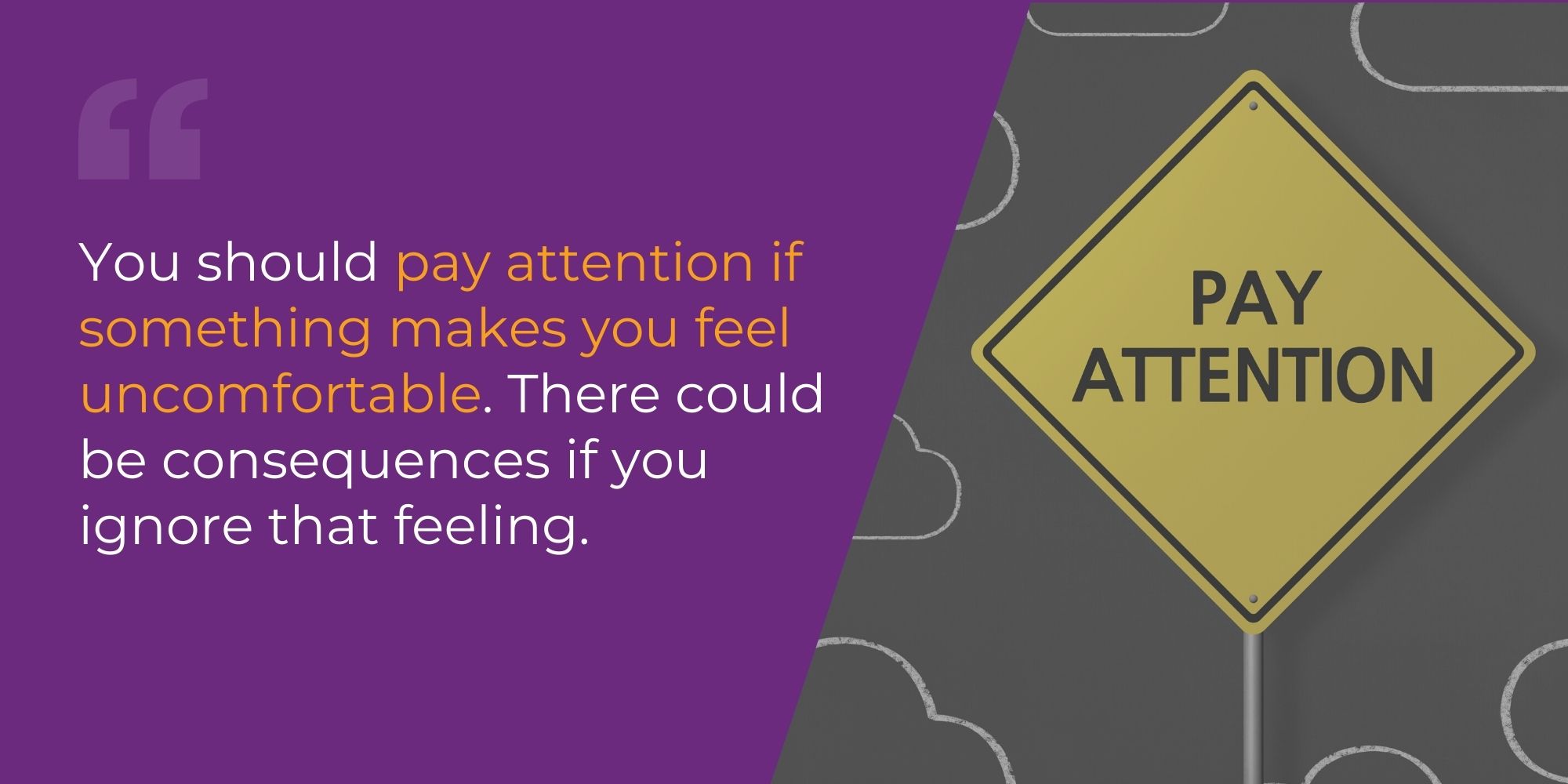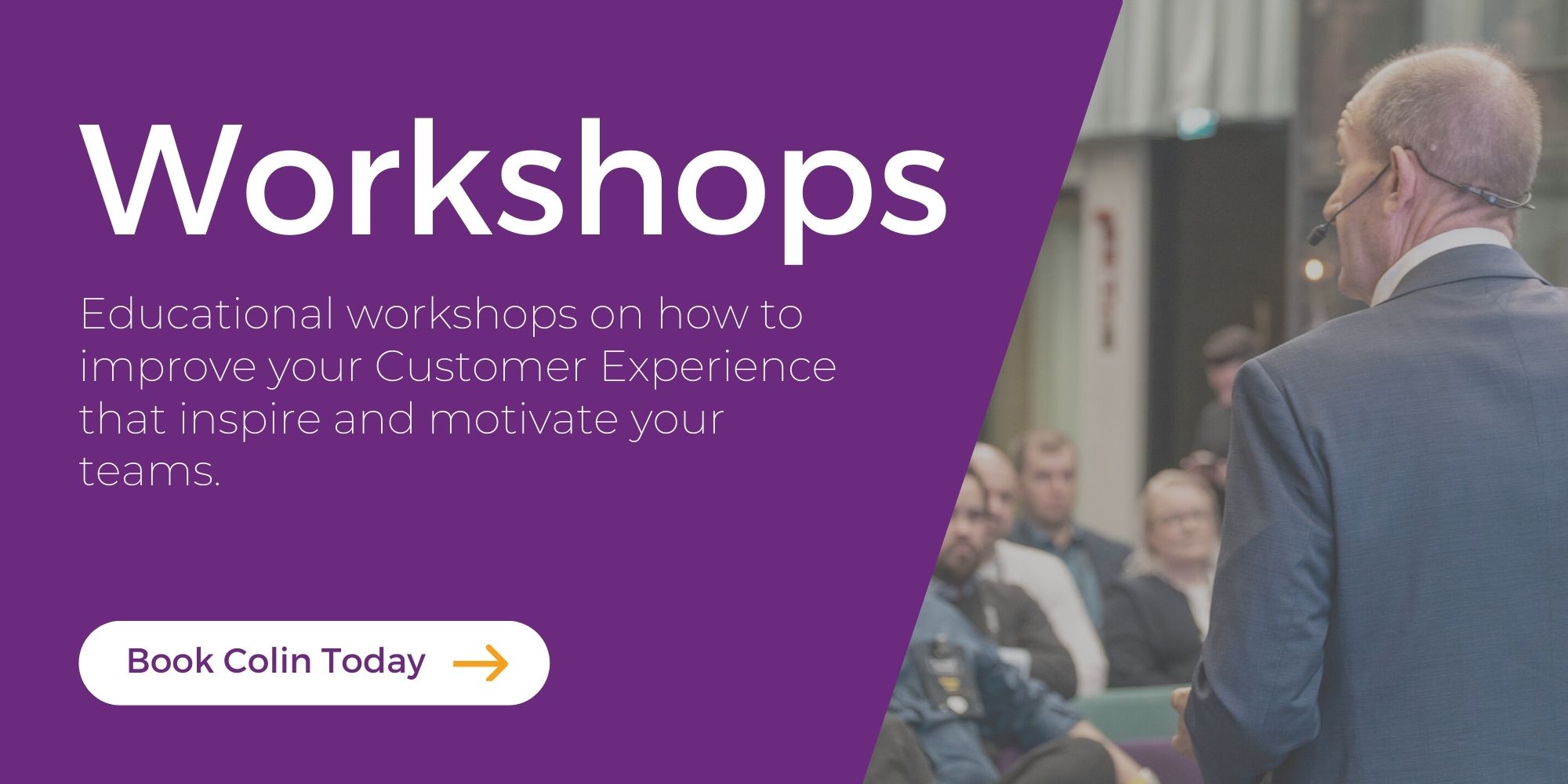Learn more about Colin Shaw: Join over 80,000 people on our LinkedIn Newsletter list or visit our website for more great podcast episodes.
Listen to the podcast:
Ethics can be a tough thing to think about. It’s abstract, making it difficult to learn or discuss. However, we did just that on a recent podcast. As an important subject that we all need to revisit from time to time, Professor Ryan Hamilton, my co-host on the podcast shared the five rules of professional ethics that we discussed here.
Before we get into them, I find it interesting how little training organizations do on the topic. Perhaps that is because there is an old-fashioned notion that you have ethics or you don’t. Maybe organizations think, “Well, if your mother didn’t teach you this, then far be it from me to start now.”
However, ethics is like anything else. Ethics can be taught, practiced, and improved upon, and with that in mind, let’s dive into the five rules of professional ethics.
Rule #1: Start by establishing a personal code of ethics.
Knowing what you stand for and where your boundaries are is essential. Moreover, you must know these before a difficult situation tests them or you decide where drawing upon your ethics is necessary.
A lot of difficult ethical decision-making happens when two moral or ethical principles conflict with each other. For example, we all know that we shouldn’t kill another person. However, if that person is threatening another with harm or possibly even death, is it still wrong to kill another person if you can save a third party? The line blurs a bit in the context of the situation.
Recognizing that these principles you define might conflict later is also essential. However, until you know what your principles are, it is difficult to tackle these conflicts.
So, even though we might think of ethics as existing in the abstract universe, we need to determine them for ourselves. We should determine what is important to us and who we want to be.
Rule #2: Recognize the importance of context in ethical decision-making.
Most people will behave unethically if put into a situation that strongly encourages unethical behavior. Just like certain contexts can nudge you towards buying one option versus another, certain contexts can also nudge you towards more or less ethical behavior. Therefore, once you establish your core ethics, you realize that context will also influence your behavior.
Do any of you remember the Milgram experiment? It was a famous social experiment in the early 60s to understand how people would comply with requests. The setup was simple: one person would ask another person questions, but if the person answering got it wrong, the asker would deliver an electric shock. The shocks increased in intensity to fatal levels. Nearly 60 percent of the people who asked questions gave lethal levels of electric shock to their fellow participants, despite the answerer’s desperate pleas for help from the other room.
It is essential to note that the answerer wasn’t getting shocks, nor was the answerer a real participant in the study; instead, the second participant was an actor. The pleas for help were recorded and played for the askers as they went through the questions.
The askers who participated in the Milgram experiments were not evil people. They didn’t want to hurt anyone, but the context was one where shocking the other person seemed acceptable.
I used to work for a company that sold photocopiers. This organization was a sales-orientated business, and it was very competitive. At the year-end sales competition, people cheated (and won) by putting in fake orders. Then, the company that received the copier they never ordered would reject it, but the salesperson didn’t care because they had already won the competition. What’s more baffling is that the photocopier company knew this was happening and decided to ignore it.
I didn’t last long here. I could tell that this was an organization that didn’t align with my ethics. So, I found a job elsewhere and moved on.
Rule #3: Regulate your environment.
Now that we know context matters, ensure you are paying attention to that context. That means you should take control of it.
You might sometimes control the context by leaving, as I did with the copier company. I could see that this company would not encourage me to make decisions that were against my moral code, so I controlled that context by resigning.
In other cases, you might be able to change the organization’s culture. For example, if you determine as a group cheating is something that will not be tolerated, and you will socially exclude those who do, you are collectively creating that culture.
Likewise, if you create a very dismissive culture regarding the ethics of cheating, that’s the environment you will be in for the next two years. So, leave if you have to, but improve the culture if you can.
Rule #4: Trust your gut.
You have probably heard me say the opposite of this rule before so that you might be confused by my including it here. So, please, let me explain.
Thinking that your intuitions are spot on, like a superpower, is not true. However, there are contexts where your intuition serves you well, and ethical context is one of them.
The ethical context is somewhat emotional. Essentially, the idea here is that you should pay attention if something makes you feel uncomfortable. There could be consequences if you ignore that feeling.
A potential consequence is violating your ethics, which you established in rule one. Our brains have a Rational System, which is excellent and justifies why we do what we do. For example, Anna Sorokin bilked millions out of the rich. After exposure, an interviewer asked if she felt guilty about her actions. She answered something to the effect that if the people weren’t smart enough to figure out she wasn’t telling the truth, that’s their problem.
Sorokin is an extreme example of something we all share: We like to think of ourselves as the heroes of our stories. So, we’re motivated to not beat ourselves up over our actions once we have taken them. Therefore, given the opportunity, we will talk ourselves into doing things that might violate our code of ethics in the right context.
To that end, it is essential to trust your gut’s initial intuitive judgments. Consider carefully before you move on whether your next action or decision is right for you. The farther you get into it, the easier it will be to justify doing it.
Rule #5: Remember that ethical decision-making is not black and white.
There is no one great answer in these situations. There are better and worse decisions; you should balance those tradeoffs to plan and act judiciously.
That’s not an excuse to ignore your code of ethics. Instead, when no clear answer ties everything up in a pretty bow, you have to look for differences in the gray areas. Those differences can point you to the better decision instead of the worse one.
Another way to sort through your options is to consider what your kids or loved ones might think of you if you acted one way or another. If you feel ashamed to tell your kids something you decided or did, then maybe reconsider whether that feels ethical.
Along those lines, you should consider what kind of leader you want to be. If you decide to do one thing, would you like the people who report to you to do the same? What kind of example will you set by taking one road over another? These considerations might help you sort through the options for an improved ethical outcome.
There you have it. The five rules of professional ethics. Are they hardfast? Will they point to direct answers? Will they endure forever? No, no, and probably not. Ethics change over time, and what seems fine today might be a horrible direction in the future. However, these five rules can help you develop a framework for how to get to the best possible outcome and understand how you got there, so you can do it again and again.
Colin has conducted numerous educational workshops, on how to improve your Customer Experience, to inspire and motivate your team. He prides himself on making this fun, humorous, and practical. Speak to Colin and find out more. Click here!
Thanks for reading, we appreciate you! Get access to your free ebook here and why not tell a friend?






